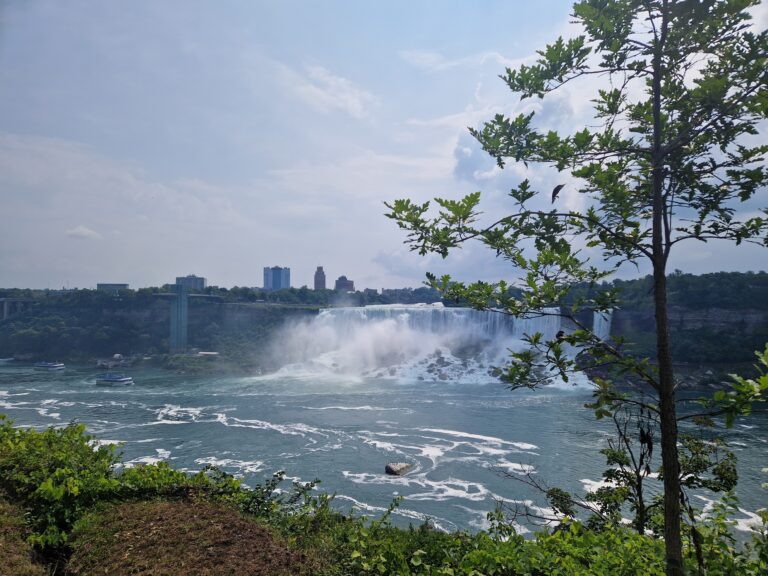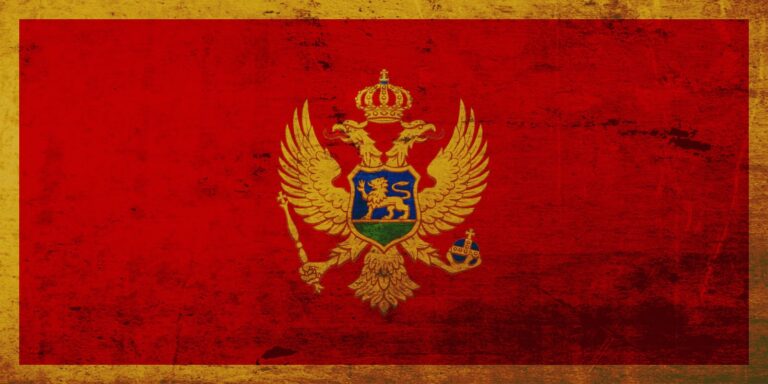Czech Republic. The Old Fortress.
Terezín and Prague’s Lost Jewish Population
In the spring of 1939, the city of Prague had a Jewish population of over 90,000. Today, fewer than 2,000 remain. Most of those 90,000 passed through Terezín at some point in the early and mid-1940s, before being sent on to Auschwitz, Mauthausen, or other camps.
A Camp of Deception
While conditions in Terezín were “good” by comparison to the extermination camps further east, what set this place apart was its role in Nazi propaganda. It was presented as a “model” camp where life was supposedly comfortable and art and creativity thrived.
Self-government was permitted. Cafés, shops, and parks operated. Money was circulated. Children’s choirs performed operas, and jazz musicians filled the streets with music. Artwork was encouraged.
To outsiders, Terezín was marketed as a “spa town” where aging Jews could retire in peace and artists could pursue their craft. Red Cross inspectors were shown children playing, staged town meetings, and cultural performances. It was all a deception. In reality, those who refused to “play their part” were deported to Auschwitz.
Terezín Today
Terezín remains an inhabited town, though when we arrived, it felt almost deserted. Snow was falling, and the silence of fresh snowfall added to the eeriness. The muted colors of old buildings, the absence of movement, and the weight of history gave the place a somber air.
The town struggles between commemorating its past and sustaining a modern economy. On one hand, you can visit the crematorium, where victims were incinerated, or stand before memorial Stars of David. On the other, you can order goulash in a restaurant inside the former SS officers’ quarters or even stay in a “romantic getaway” hotel that once housed Nazi guards—its history page conspicuously silent about that fact.
Reflections on a Visit
Frankly, I left Terezín unsettled. As a WWII history enthusiast, I had long held mental images of what a “concentration camp” should look like. Terezín didn’t match those expectations. It was a fortress town where new life blurred uncomfortably with old. In some strange way, just as in 1944, the town still feels like it’s hiding something.
The Jewish population of the Czech Republic was virtually eliminated after the war. Of those who survived, many chose to begin new lives in Israel rather than return to homes haunted by memories of horror.
Their story is one that must be remembered. A visit to Terezín is just an hour’s bus ride from Prague—and it’s one worth taking.







One Comment